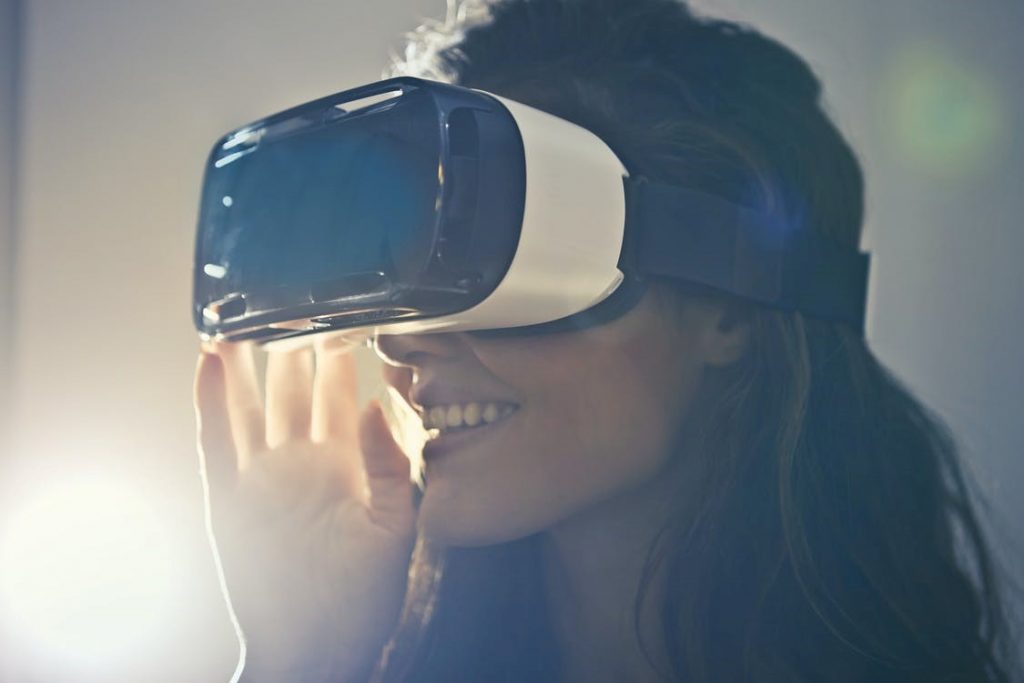Many industry analysts believe that the next big step forward will involve the introduction of virtual reality (VR).
We are all aware that technology is evolving at an ever-increasing pace. 5G wireless communications, incredibly advanced mobile phones and ridiculously realistic games are now transforming the ways in which we interact with the digital environment. Not only can this provide players with untold hours of entertainment, but developers are keen on leveraging their platforms in order to cater to an increasingly tech-savvy audience. How might this transformation impact more traditional games such as blackjack? In order to answer this question, we should first take a look at previous advancements before examining where we may be headed.
A Long Way Since the 1990s
The notion of online blackjack first began to take hold during the dial-up days of the late 1990s. Of course, the amount of data that could be transmitted and received at any given time was extremely limited. This also curtailed how detailed the games themselves could be. While the presentations and graphics were naturally underwhelming, they still attracted players at the time.
The 2000s saw the introduction of broadband Internet followed by wireless capabilities. As players were able to access connection speeds associated with tens of megabytes per second, the games themselves became much more advanced. Engaging soundtracks, realistic backgrounds and numerous customisation options were some of the available options. In many ways, blackjack had truly entered into the 21st century.
How Might VR-Powered Blackjack Enhance the User Experience?
The next great leap forward is expected to involve the introduction of virtual reality into the blackjack community. Not only have the headsets themselves become much cheaper, but mobile devices such as smartphones and tablets now possess the processing power to host such bundles.
Players will also be provided with a much more realistic gaming experience; an excellent way to engender brand loyalty over time. When we then take into account the potential presence of live dealers (a trend already witnessed within the virtual poker community), the future looks bright indeed.
However, we should not expect this transformation to occur overnight. Many players still enjoy more traditional interfaces. Furthermore, modern headsets are somewhat bulky and distracting. This is even more relevant for those who wish to play a round while out and about.
The other question is if it will be necessary to relearn how to play blackjack within an entirely virtual environment. Might the surroundings prove to be overly distracting? Will the gameplay remain as smooth as more traditional versions? These are two of the many questions which developers will continue to grapple with in the coming months and years.
It is nonetheless an undeniable fact that VR-powered blackjack platforms should enjoy a growing amount of publicity in the near future. If you have been looking for a truly hands-on gaming experience or should you simply wish to explore other possibilities, you should be pleasantly surprised with what this amazing technology has to offer.

